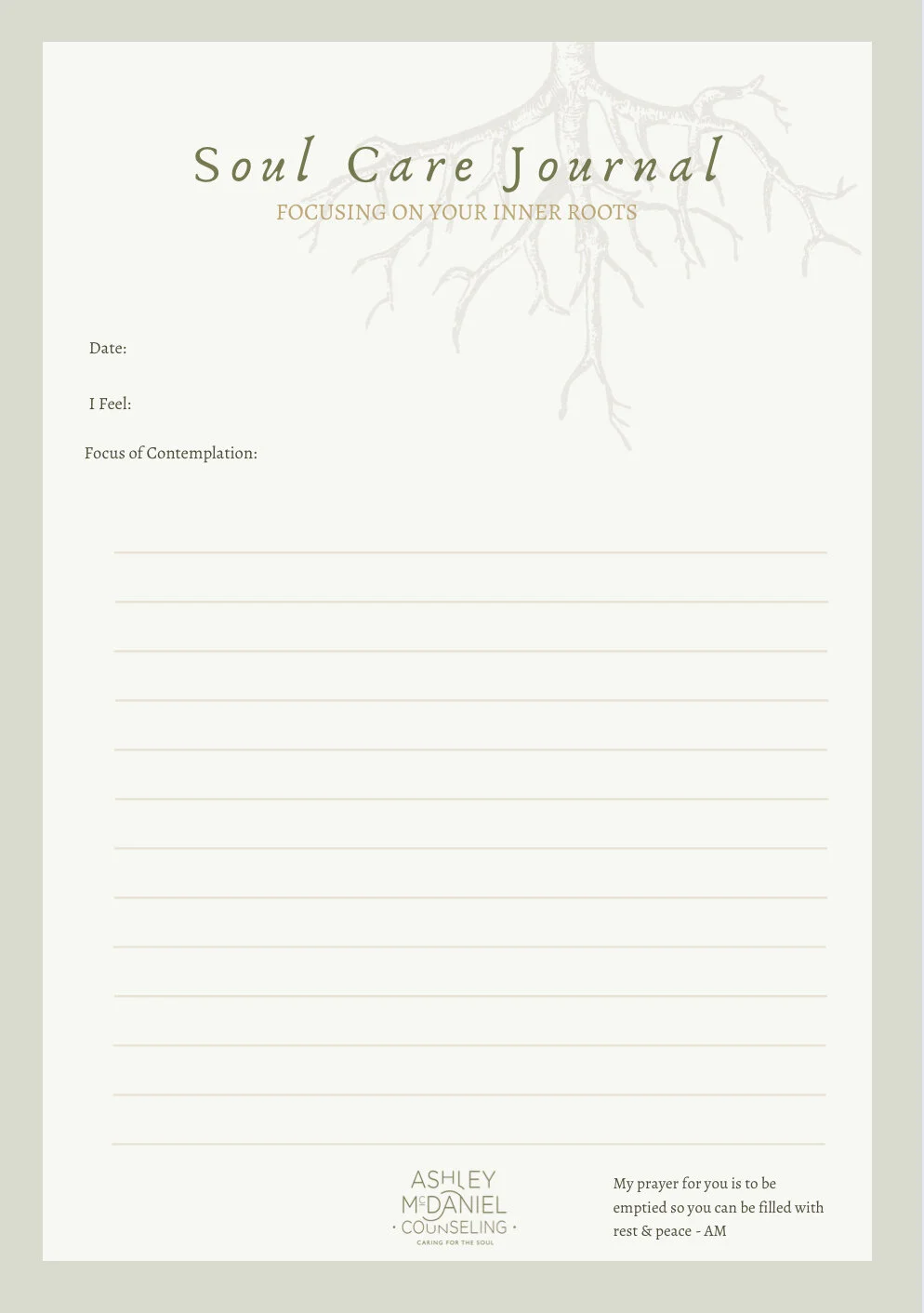Creating New Rhythms
Developing the Habit of Journaling
As human beings we naturally create habits; in fact, our neurobiology develops cravings for them. According to “The Power of Habit,” when our brain makes a habit loop (cue, routine, reward) it will become more automatic attaching a “powerful sense of anticipation and craving” (pg. 19, Duhigg). Our body desires these cravings and gives over to them.
I think about the ancient people, the Israelites, who left Egypt and faced life in the wilderness for 40 years.
Despite having new found freedoms as liberated slaves they craved their old routines.
Since that time, the tendencies of humanity are still the same today. (Read more about through the Old Testament books of Exodus, Leviticus, Number, Deuteronomy and Joshua).
Our routines are intoxicating because they always lead to a specific reward. The only way to transform our habits is to respond to our cues with new routines that lead to the same reward. For example, when someone attends AA they introduce a new routine that assists them in obtaining the same reward. They crave a drink, call their sponsor or attend an AA meeting and get the reward for easing their pains/anxieties (pg. 72, Duhigg).
This power of a new routine, what I want to call a new rhythm, can change our lives. I believe this is the opportunity we are given today due to the shift caused by COVID-19. Despite the hardships this new rhythm has caused us, let us embrace the gift of being transformed through it.
There are many ways to introduce new routines to our cues; but one I want to suggest is journaling. This will allow us to sit in our boredom, sadness, anxieties, fears, joys, anticipation, etc.
You can download my free soul care journal template to use on your IPad or tablet. It can also be printed out for use. Or you can even use your own notebook
Download Template without Lines
Here are some instructions on how to journal:
1. Pick a place that’s quite and fosters stillness
2. Make a habit of recording the following:
Date
Feelings
Describe your in-the-moment feelings
Focus of contemplation
What I mean by this is we can be listening to a song, a movie/tv show scene, looking at a picture, smelling something, reading a scripture, etc… that brings about a pull to draw away and look in-ward. What was your cue to focus on the inner life?
3. Freely write down your thoughts and feelings; get creative with it by doodling, attaching photos, taping flowers, etc..
Here are some questions you can use if you need some support in tapping into your thoughts & feelings:
What is the new rhythm you are faced with now?
How has your life changed as a result?
What new rhythm have you put in place to your cues?
What reward does it provide you with?
What automatic habits do you need to address?
Remember there is no right or wrong way in doing this. As you develop this new rhythm it will become more automatic.
Happy journaling & embracing new rhythms!
Resources
Duhigg, Charles. The Power of Habit: Why We Do What We Do in Life and Business. Random House Trade Paperbacks, 2014.

